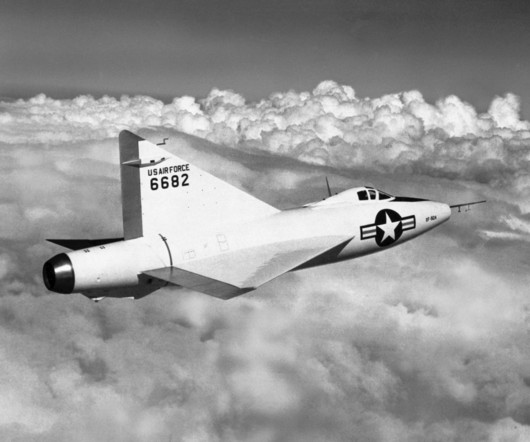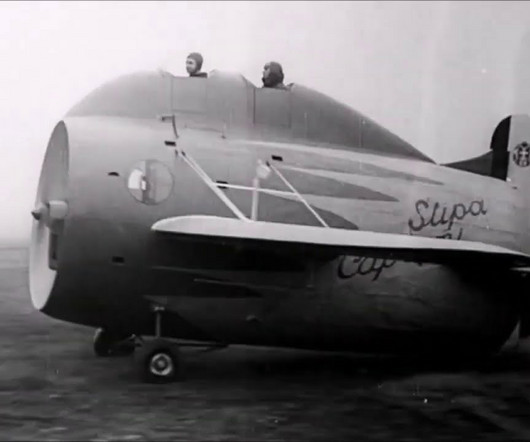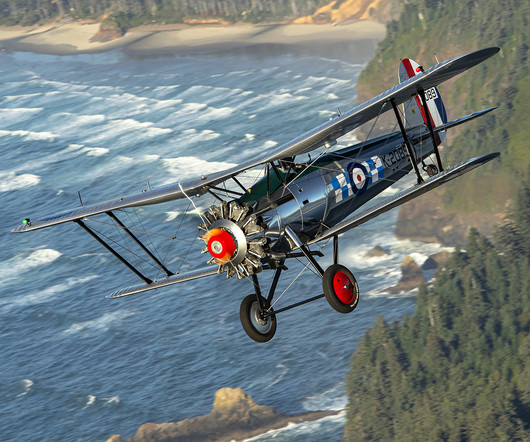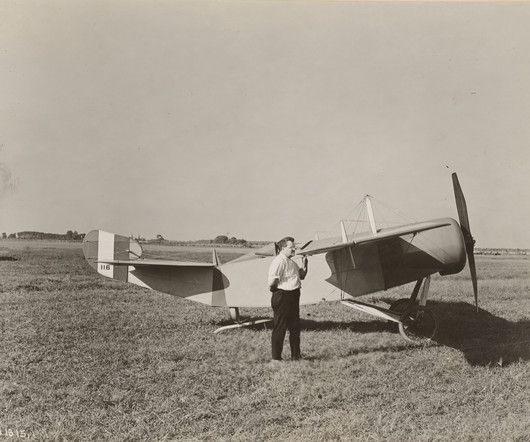Mastering Stalls: How to Recognize, Prevent, and Recover Safely
Flight Training Central
MARCH 3, 2025
Depending on design, airfoils used in general aviation, stall at angles of attack between 16 to 18 degrees. A wing will always stall at the same angle of attack; however, weight, and bank angle, power setting and load factor may change the speed or the pitch attitude at which the airplane stalls.
















Let's personalize your content